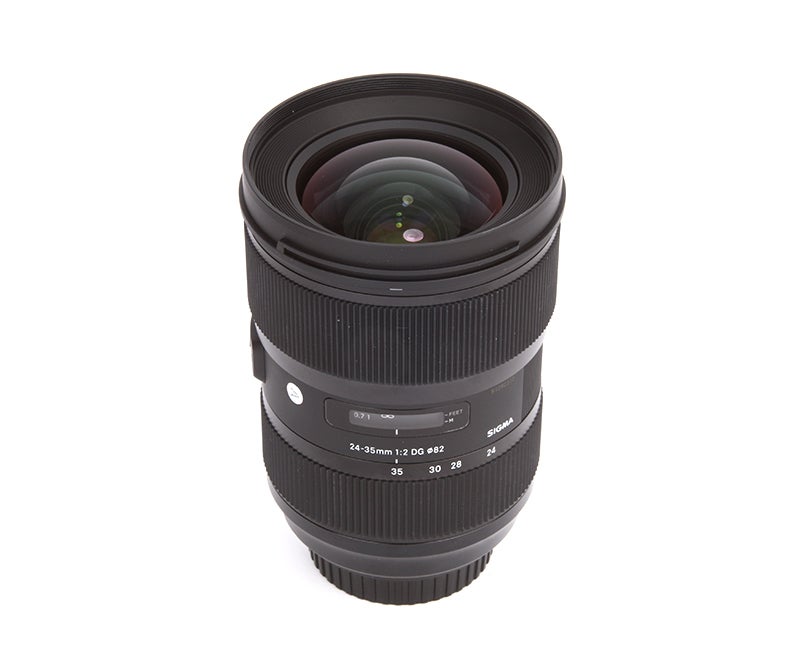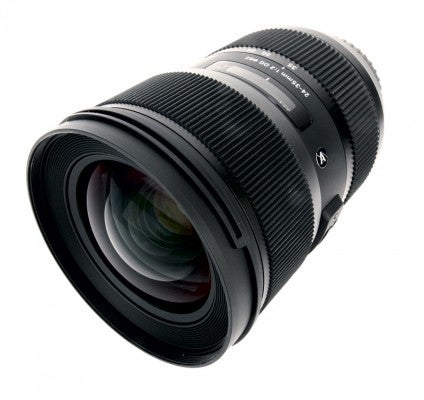Sigma’s latest optic claims the title of being the first full-frame zoom lens with an f/2 aperture, but is it a viable alternative to the manufacturer’s wideangle primes? Michael Topham finds out.
Sigma 24-35mm f/2 DG HSM A review
Build and handling
 Sigma has really upped its game in terms of build quality in recent years and the 24-35mm f/2 DG HSM | A continues this progress. The quality of the lens’s finish is in the same league as the excellent 50mm f/1.4 DG HSM | A and all other lenses recently added to Sigma’s Art product range. Although it does feature seals to keep dirt and moisture at bay, it’s not a fully weather-sealed optic so you’ll want to avoid getting caught out in a prolonged downpour.
Sigma has really upped its game in terms of build quality in recent years and the 24-35mm f/2 DG HSM | A continues this progress. The quality of the lens’s finish is in the same league as the excellent 50mm f/1.4 DG HSM | A and all other lenses recently added to Sigma’s Art product range. Although it does feature seals to keep dirt and moisture at bay, it’s not a fully weather-sealed optic so you’ll want to avoid getting caught out in a prolonged downpour.
As I briefly touched upon earlier, the fact it’s heavy and just shy of 1kg could potentially lead some photographers to choose a lighter prime instead. Although, having said that, if it delivers superb image quality and offers superior versatility, a couple of hundred grams in extra weight is a compromise that many photographers will be prepared to make.
With its complex internal construction and large front element, the barrel is quite thick set, but it doesn’t feel any chunkier in the hand than many full-frame standard zooms. Filters and adapters are attached via an 82mm filter thread and, as you run your hand back from the front of the lens, you quickly come across the large manual-focus ring that operates across its focus distance range in just under half a turn. The focus distance window, which is located between the focus and zoom rings, displays distance information clearly. And the thicker, grooved rubberised zoom ring offers a slightly different feel to that of the focus ring, which helps differentiate between the two when you’re working from behind the camera.
The lens operates across its range with a short twist of the zoom ring and feels fluid as it’s rotated, but with sufficient resistance to make extremely precise focal-length adjustments. In use, I found the AF/MF well positioned for operation with my thumb. It’s nicely raised from the barrel, making it easy to find, and the white background that’s revealed behind the switch when it’s set to AF acts as a useful reference, especially in low light.





